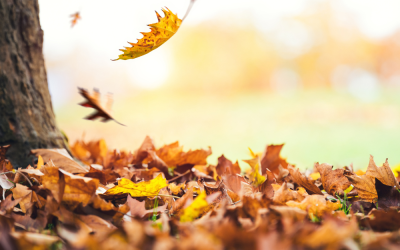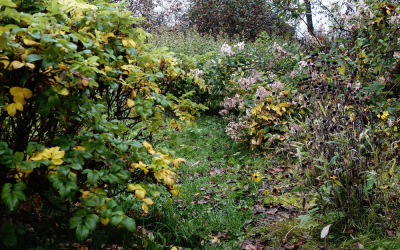As the weather heats up, keeping your garden spruce and in tip-top condition is a must.
In summer, rising temperatures have the potential to dry out your garden, leaving behind scorched lawns and wilted plants.
Pests and diseases are also more common as warmer weather allows them to thrive more than in icy winter conditions. Don’t let your garden go to seed this summer – use these 10 garden maintenance tips to keep your plot looking fresh all season.
1. Plan Ahead
The best place to start is with a clear plan in place and a few achievable objectives. For some gardeners, that might mean a lush lawn; others might want to start their own fruit and vegetable patch. Whatever your plans are, split everything up into manageable sections. It can also help to break down areas of the garden too.
2. Weeding and Pruning
Tidy up any borders, sweep or rake away any remaining debris and pull up any weeds by hand (removing at the roots to avoid regrowth). Getting rid of weeds as summer sets in helps to avoid them taking deeper roots. Check which plants respond well to summer or “green pruning” – the overall aim is to remove congestion such as dead, diseased or overgrown foliage.
3. Lawn Care
If needed, rake the grass of any “thatch” (dead matted grass) and use a garden fork to make holes in the ground at intervals to aerate and prevent compaction or waterlogging. Sprinkle on seed and add your chosen lawn feed.
Aim to fertilize mid-summer and mow slightly more (not too much more) than usual. If your lawn has cool-season grass it’s best to keep it a little longer, as cutting this type too short can lead it to dry out and brown. For maintenance, a slow, even watering (ideally at either end of the day when temperatures are lower) will aid water absorption.
4. Start with a Clean Slate
Summer is a good time to clear out the shed and sweep it of any cobwebs. Give this and any wooden structures in your garden a fresh coat of paint or preservative if required, and check everything is in good condition. If you cannot sell or repair them, take any old or broken children’s toys, rusty garden furniture and various unsightly bits and pieces to your local recycling depot. For larger items, you can hire a skip for them to be towed away.
5. Fruit and Vegetables
Starting with a clean slate also involves “picking clean” your vegetable garden: removing all fruiting plants as soon as they are ready to harvest, as leaving them to over-ripen in place, can slow down plant growth. The RHS has a handy crop planner to help you work out what to plant all year round: May to June are good times for cruciferous vegetables like cauliflower and cabbage, while June and July are best for planting beans.
6. Prep your Outdoor Space
Make your garden a place you want to spend time this summer: check that your parasol works (if you have one) and clean, purchase or replace any garden furniture and lights so that when the lighter evenings arrive, you’ll be able to spend some time out there. Stocking up on citronella candles is also a good idea – especially if your garden is prone to midges and mosquitoes.
7. Plant new Growth
Even though spring has passed, it’s never too late to start planting something new. A 2-inch layer of fresh mulch over exposed soil will help protect the ground from heat and sun while preventing new weed growth and helping to add extra nutrients for new plants. For potted plants, keep them watered, take care to place them in shade and be careful of plants in dark pots overheating.
Summer is the best time to plant sweet williams, cornflowers and winter pansies. Some plants will flower faster than others, so if you’re not willing to wait very long, hardy summer bulbs like dahlias and cannas are a good choice – and they’re strong enough to stay in bloom once things heat up.
8. Deal with Pests and Diseases
Heat, sunlight and extra growth in the garden are all promising signs – but they also signal two potential dangers: pesky pests and diseases that can threaten to damage your plants and trees. Learning how to detect early signs of infestation or infection in various types of plant or tree is important: this guide can help you identify a range of plant issues and tells you how to manage each of them.
9. Welcome Wildlife
Make your garden a haven for bees, butterflies and birds (though you may want to be careful of the latter if cats tend to roam free in your garden). Planting bee and butterfly-friendly plants is a lovely way to help make your garden friendlier to wildlife while helping to encourage the bee population.
10. Tree Care
As with plants, pruning and shaping trees will depend on the species and type you are dealing with. In some cases you should be able to trim down any straggly growth yourself – but for larger, more complicated procedures it’s best to contact a trained tree surgeon.
Get Help With Your Garden
If you need a tree surgeon in Manchester we can help! You can get in touch with us today or give us a call on 0161 300 9789



